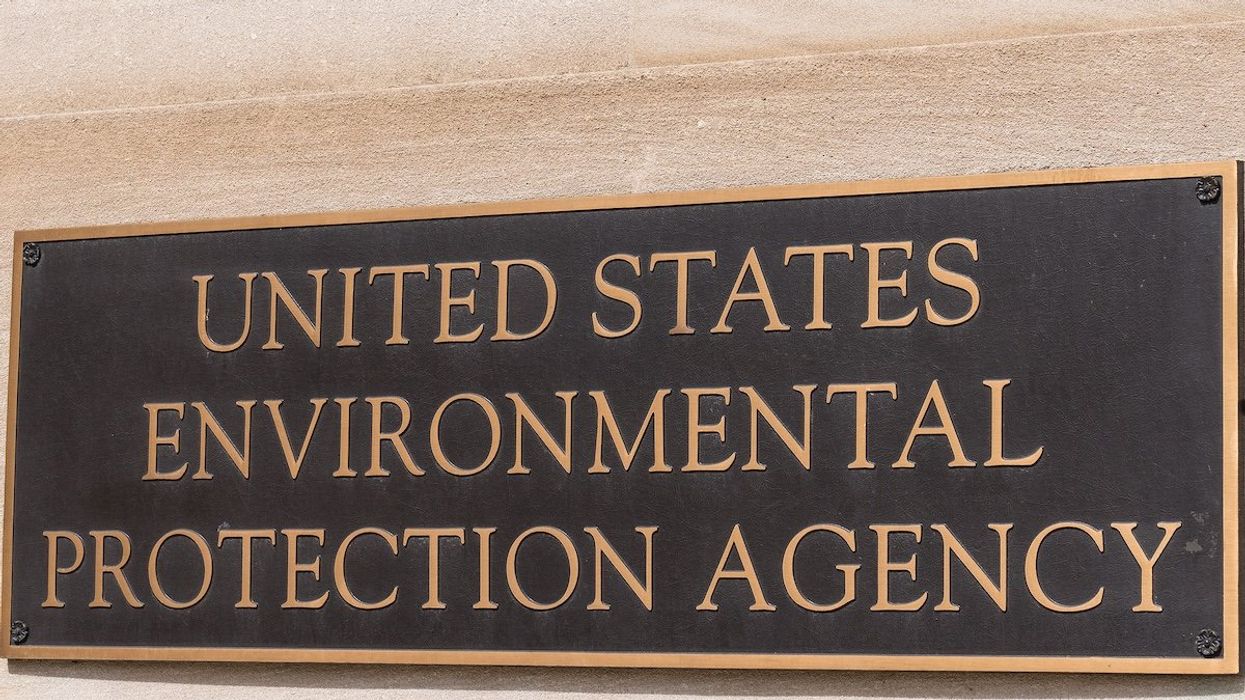A common sunscreen ingredient is making ocean plastic harder to degrade while encouraging the growth of potentially harmful bacteria, according to new research from the University of Stirling.
Rob Hutchins reports for Oceanographic Magazine.
In short:
- Researchers found that ethylhexyl methoxycinnamate (EHMC), a UV filter in sunscreen, can bind to ocean plastics, slowing their natural degradation by shielding them from sunlight and bacteria.
- The study shows that EHMC suppresses beneficial bacteria that help break down plastic, while enabling bacteria that reinforce biofilm layers, making plastic more persistent in marine ecosystems.
- Some of the biofilm-enriched bacteria, like certain Pseudomonas strains, can act as opportunistic pathogens, posing possible risks to human health, especially in heavily polluted coastal tourist regions.
Key quote:
“These changes matter. By suppressing the aerobic bacteria that help degrade plastic, and selecting those that stabilise or reinforce the biofilm, UV filters would prolong the life of plastics in the ocean – making them more resistant to breakdown by sunlight or microbes.”
— Sabine Matallana-Surget, associate professor in the Faculty of Natural Sciences, University of Stirling
Why this matters:
Plastics become floating platforms for bacteria, forming what scientists call the "plastisphere." When chemicals like those in sunscreen cling to plastic debris, they can alter the microbial communities that grow there. Some of these microbes help break plastic down, but others can reinforce its structure or even harm marine life and humans. With plastic already persisting for decades at sea, this interaction may make it last even longer. In coastal areas where people swim, fish, and rely on ocean health for their livelihoods, the presence of these chemical-microbial combos could compound threats to both environmental and public health.
Related: Sunscreen chemicals may harm marine life, scientists warn














